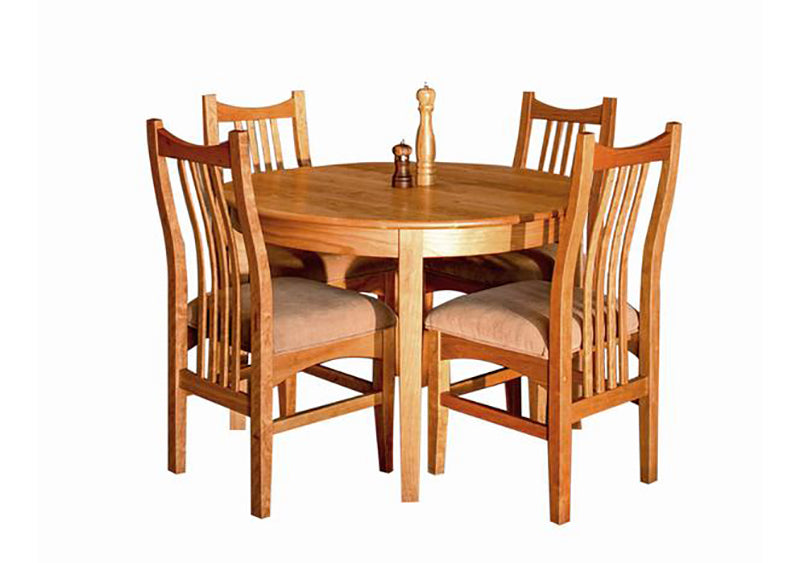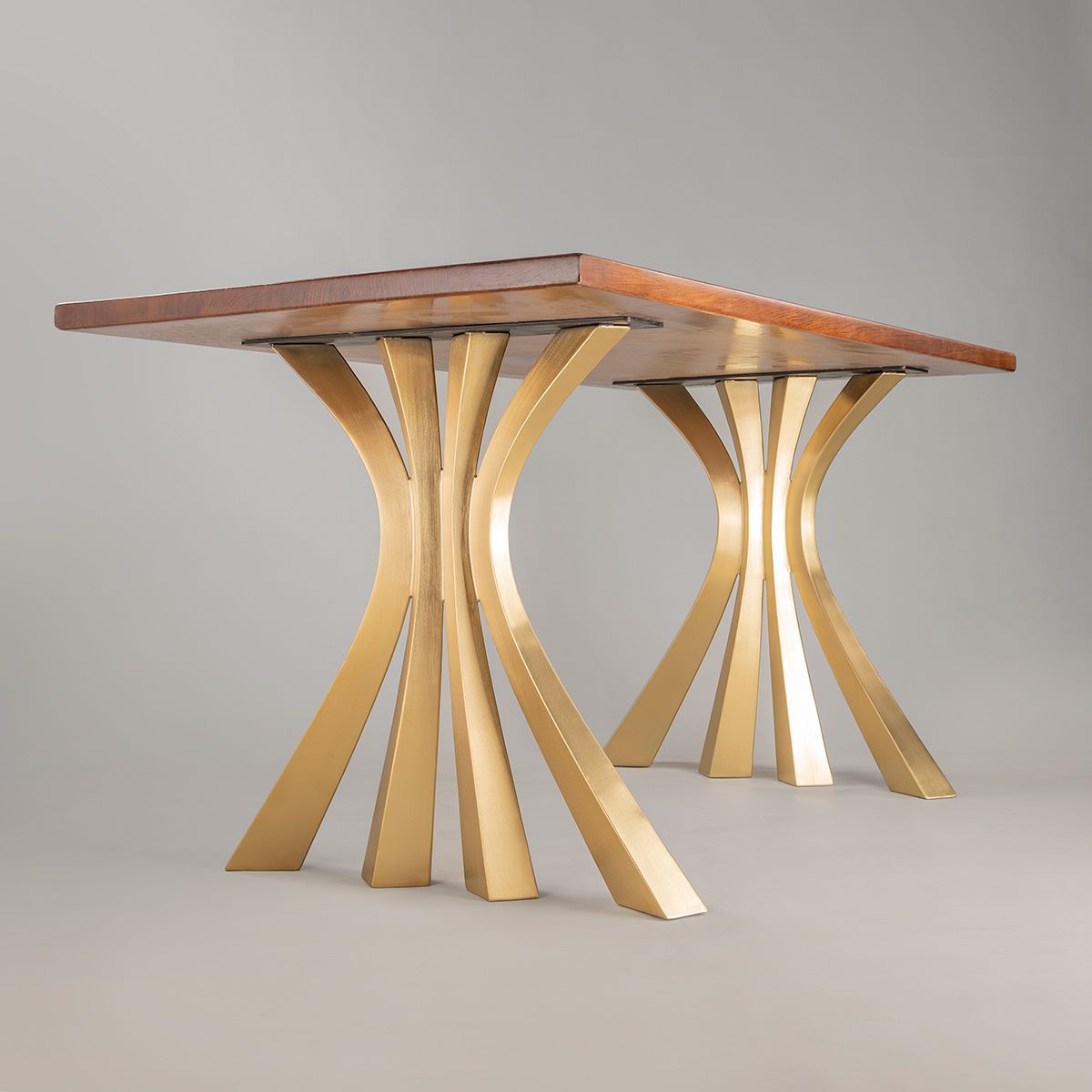What to Take Into Consideration When Choosing Table Legs Timber for Your Home.
When choosing timber for eating table legs, several important variables warrant careful consideration to make sure both capability and visual appeal. The type of timber picked can significantly influence the table's sturdiness, security, and total design, while the maintenance requirements may impact lasting usability.

Importance of Timber Type
When picking table legs, the choice of wood type plays a critical duty in figuring out both aesthetic appeals and durability. Various wood varieties provide differing levels of toughness, resistance, and weight to use, which can dramatically affect the functionality and durability of the table. Woods such as cherry, oak, and maple are often chosen for their durable nature and capacity to hold up against daily use. These woods not only supply architectural honesty yet also resist dents and scratches much better than softer choices.
Conversely, softer timbers like ache or poplar, while extra cost-efficient, might not use the same degree of longevity and might need even more regular upkeep or replacement. The timber type also affects the table's capability to withstand environmental factors such as moisture and temperature fluctuations. Furthermore, the selection of timber can affect the convenience of ending up and discoloring, which can be vital for achieving the preferred appearance.
Visual Considerations
The aesthetic charm of table legs substantially contributes to the general aesthetic of the eating space. Dining Table Legs Wood. When choosing wood for eating table legs, the grain surface, pattern, and shade are pivotal aspects that can enhance or detract from the space's design. Different timber types display differing shades and appearances; as an example, oak offers a classic appearance with prominent grain, while walnut uses an abundant, dark beauty
In addition, the shape of the legs plays a critical role in specifying the table's character. Sleek, minimal legs can develop a modern feeling, while much more elaborate, transformed legs evoke typical charm. The style of the legs need to harmonize with existing furnishings and the total theme of the space, whether it be rustic, modern-day, or transitional.
It is also important to consider how the legs engage with various other furnishings pieces, including sideboards and chairs. A natural layout not just elevates the dining experience however additionally adds to the home's overall visual comprehensibility. Inevitably, the option of table legs ought to be a thoughtful decision that mirrors individual preference while guaranteeing visual harmony within the area.

Longevity and Security
Resilience and security are vital factors in the choice of table legs, as they directly affect the longevity and safety of the furniture. When choosing timber for dining table legs, one should take into consideration the intrinsic homes of different wood kinds. Woods, such as oak, cherry, and maple, are often preferred for their toughness and resistance to wear, click resources making them appropriate for high-traffic dining areas.
In enhancement to the sort of timber, the construction approach additionally plays a considerable role in the overall security of the table. Legs that are solidly constructed, either with traditional joinery techniques or modern design approaches, will certainly provide improved support and stop tottering. It is important to evaluate the density and layout of the legs; thicker legs are usually a lot more stable and can hold up against greater weight.
In addition, the ecological problems in which the eating table will be utilized can affect durability. Timber that has actually been appropriately treated for dampness resistance will do better in humid environments. Eventually, selecting the appropriate combination of long lasting wood and steady building will make certain that your eating table stays a risk-free and practical focal point in your home for years to come.
Maintenance Requirements
Picking eating table legs made from sturdy timber is simply the start; comprehending upkeep requirements is equally important to preserve their appearance and capability. Various timber types call for differing degrees of treatment, so it is vital to know what is required for your particular option.
Routine cleaning is basic; utilize a soft, wet fabric to get rid of dust and particles. Avoid severe chemicals that can harm the coating. For timber coatings like varnish or lacquer, routine brightening with furnishings wax can boost shine and give a safety layer against scrapes.
Preventative steps are important too. Usage placemats and coasters to prevent straight call with hot or damp items, which can warp or discolor the timber. Furthermore, take into consideration putting really felt pads under the legs to avoid scrapes on your flooring and decrease endure the timber
Moisture control is another considerable factor; preserving a steady setting assists to protect against bending and fracturing. Take click reference into consideration utilizing a humidifier or dehumidifier as needed. if your dining location is vulnerable to variations in temperature level and dampness.
Budget and Price Elements
When intending to acquire eating table legs, understanding spending plan and price variables is important to make an informed choice. The type of wood selected for the legs considerably influences the overall price.
Labor and craftsmanship additionally play a critical duty in the general expenditure. Handmade or artisan-crafted legs may bring a costs price, mirroring the ability and time purchased their development. It's crucial to evaluate the balance between high quality and price; spending much more in advance can result in a longer-lasting item that calls for less upkeep gradually.
Conclusion
In recap, picking the proper wood for eating table legs necessitates cautious factor to consider of numerous factors, consisting of wood kind, aesthetic allure, upkeep, budget plan, and longevity restraints. The option of hardwoods such as oak and maple can improve both toughness and visual appeal, while softer woods might be more economical however much less enduring. Eventually, a well-informed decision pertaining to product option will certainly add to the overall functionality and longevity of the table, making sure a useful financial investment for the home.
When picking timber for dining table legs, a number of essential factors warrant cautious consideration to ensure both functionality and visual allure.When choosing dining table legs, the choice of wood kind plays an important duty this post in figuring out both aesthetics and resilience. When selecting timber for eating table legs, the grain shade, pattern, and surface are essential aspects that can take away or boost from the space's design. When choosing timber for dining table legs, one must think about the integral properties of various wood types.In recap, picking the proper timber for eating table legs requires mindful consideration of different aspects, including wood kind, visual charm, upkeep, resilience, and budget plan restrictions.